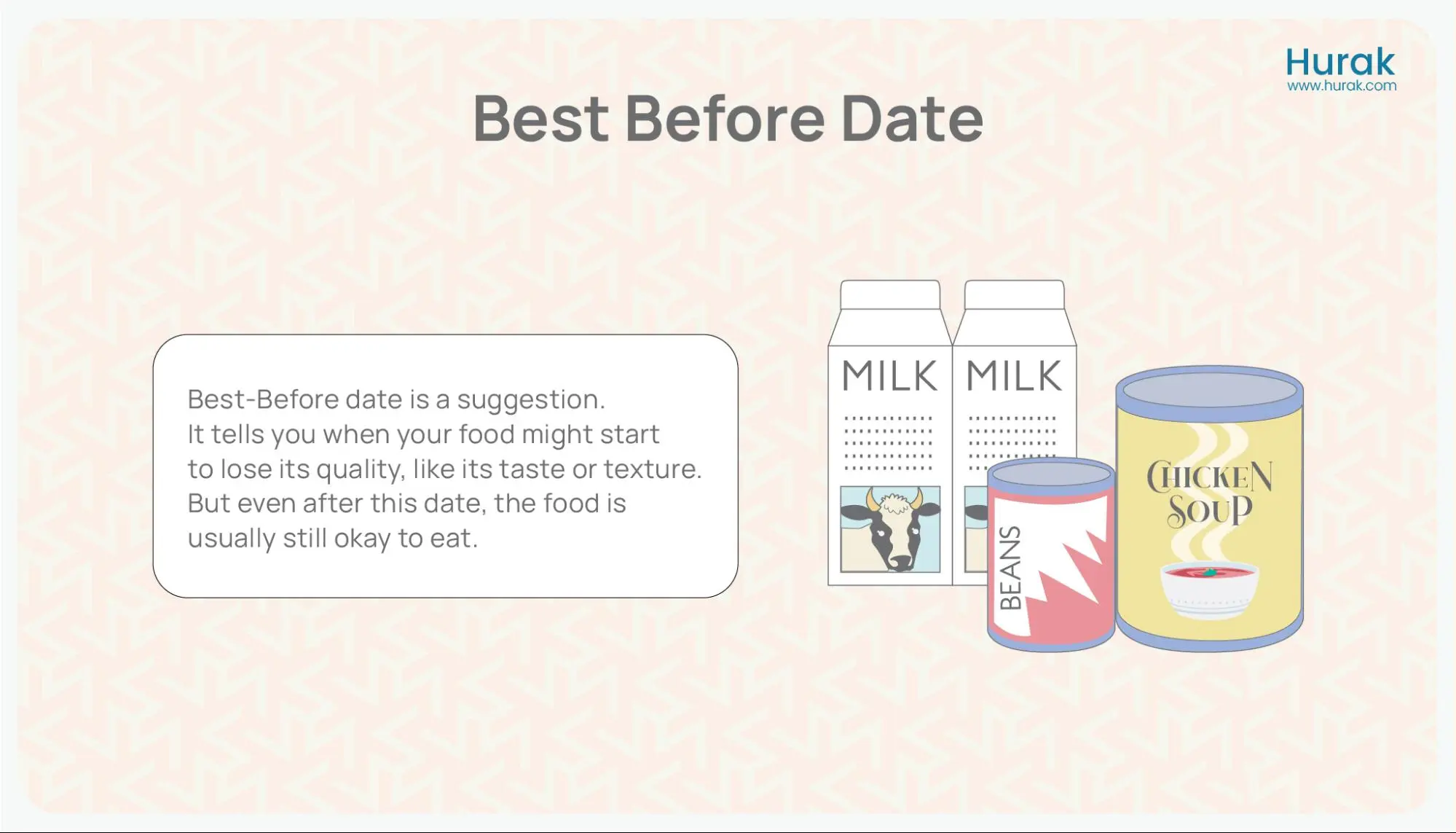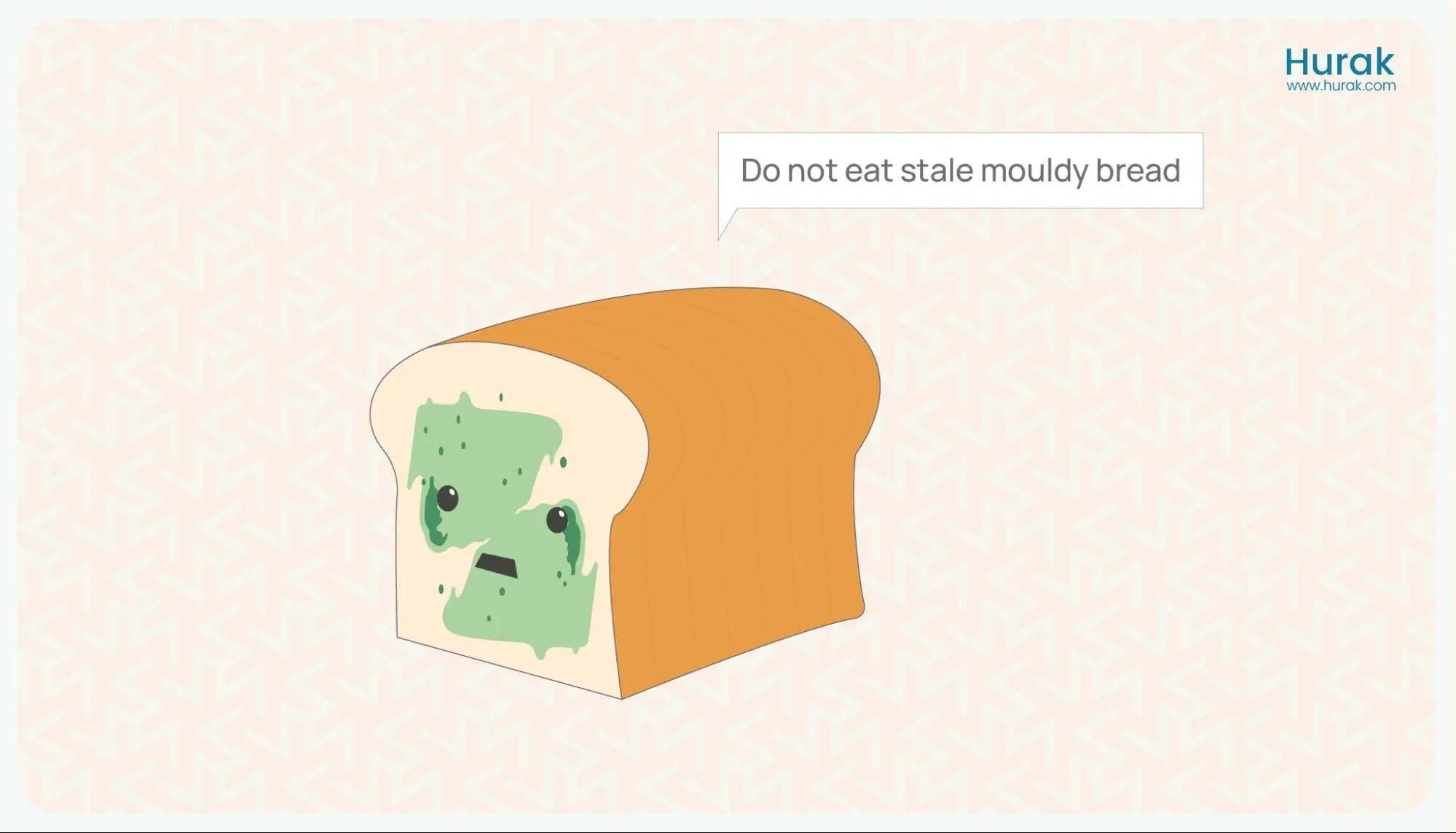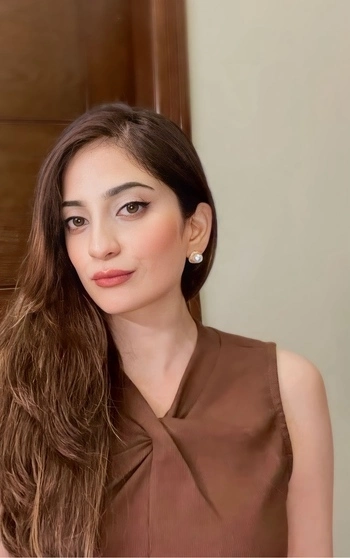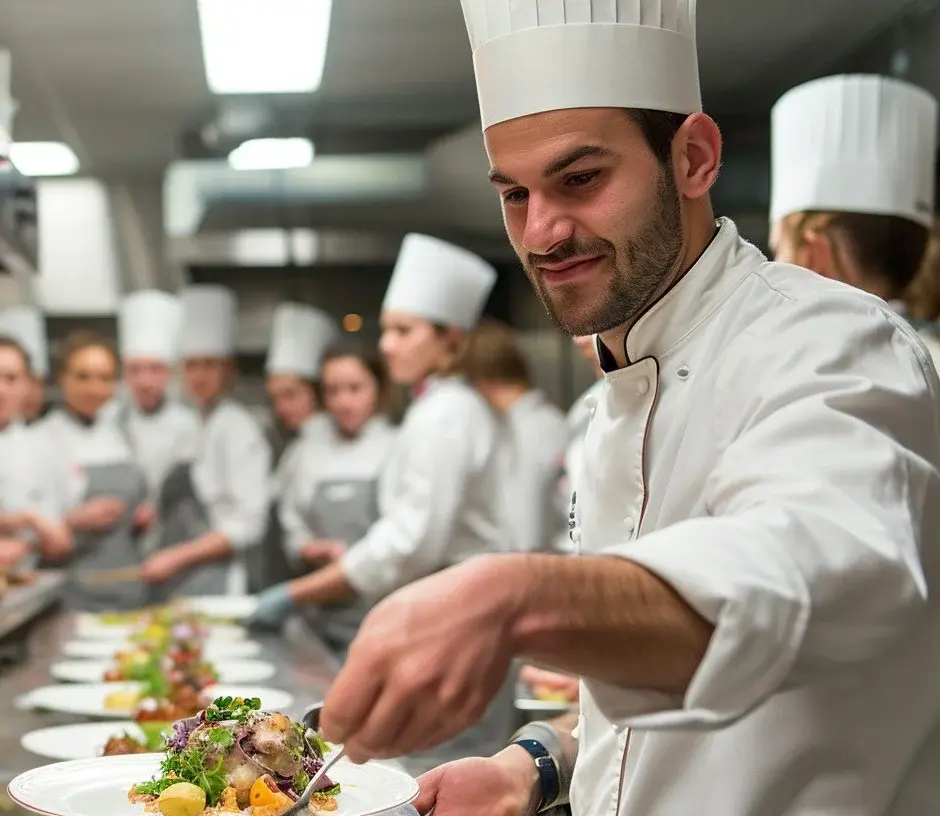Food labels provide information about the food we buy, from nutritional content to important dates. When you check food labels, you might encounter two important terms: “use by” and “best before.” These dates guide you on when to eat your food, but they mean different things. Understanding the difference between use-by and best-before dates is useful for making informed food consumption and storage decisions.
Meaning of Use By Date on Food Packaging
The use-by date indicates when a product may no longer be safe to consume. This is because, after the use-by-date, microbial contamination of food or spoilage may occur. Therefore, follow these dates to prevent foodborne illnesses.

Meaning of Best Before Date on Food Packaging
Best-before dates show when the food is expected to keep its peak quality. While food after this date is generally safe, its fresh taste and texture may change.

Use By and Best Before Dated Food Types
- Use By Dates: For perishable items like meat, dairy, and ready-to-eat meals.
- Best Before Dates: Non-perishable items like dry pasta, canned goods, and snacks often have best-before dates.
What is the Difference Between Use By and Best Before Dates on Food Packages?
Best-before and use-by dates give information about two different aspects of food. 
If thoroughly cooked, food can be eaten after the best-before date, but it is unsafe to eat food beyond its use-by date. Proper storage, according to the manufacturer’s instructions, maintains food’s freshness.
Food Safety Importance of Use By and Best Before Dates
Prevents Food Poisoning
Understanding these labels helps us avoid getting sick. If we eat something past its use-by date, we could risk getting food poisoning from bacteria like Listeria. This bacteria can grow quickly in certain foods and can be dangerous, especially for people with weaker immune systems.
Food Preservation
Best-before and use-by labelling on food packaging helps preserve food for the right amount of time and protects us from eating contaminated food. It also tells us whether food must be stored in the refrigerator or a freezer. For example, fresh meat, poultry, and fish can go off quickly and are usually labelled with use-by or freeze-by dates. Correctly freezing and refrigerating these food types is important for their preservation.
Reduces Food Wastage
While use-by dates are important for food safety, they also help us reduce food waste. By paying attention to use-by dates, food can be consumed and bought in time without adding extra bulk, which can lead to food waste.
Facilitates the FIFO Food Stock Rotation System
Remember to organise your fridge so that older items are used first, as the First-In, First-Out (FIFO) rule suggests. If you can’t eat food before its “use by” date, freeze it.
Sniff Test for Dated Food Types
If you’re checking foods with a “best before” date about quality rather than safety, you can use your senses to help decide if it’s still good to eat. For example, you can look for mould on bread or taste biscuits or crisps to check if they’re stale.
However, if the food has a “use-by” date, the sniff test isn’t reliable for checking if it’s safe to eat. Even if the food looks and smells okay after the use-by date, eating might still be unsafe. That’s because harmful bacteria that can make you sick aren’t always visible or noticeable by smell.
It’s up to the manufacturers to decide whether to put a use-by date or a best-before date on their products. They consider how the food is made and how risky it might be. They make sure to use the right label to keep us safe.
Examples of Dated Food Types
Eggs
The eggs you buy from the shop will have a date on them, either “best if used by” or “expiration” (EXP). Always get eggs on the box before the best-before date. When you get home, put the eggs in the fridge in their original box and keep them at the back of one of the middle shelves, not in the fridge door. Do not freeze raw eggs.
For the best quality, try to use the eggs within 3 to 5 weeks of buying them. You can eat eggs up to 24-48 hours after their best-before date, but make sure you cook them well. Cook them until both the white and yolk are hard.
After the best-before date, eggs might not taste as good, and more salmonella bacteria could make you ill. If you’re eating eggs after this date, it’s important to cook them properly to kill any harmful bacteria.

Milk
Milk cartons have best-before dates. If you put them in the fridge immediately when you bring them home from the shop and don’t leave them out during meals, they can still be okay to drink after that date, only for a few hours.
Pasteurised milk lasts 7 to 14 days. Milk processed under ultra-high temperatures can be stored at room temperature for up to 90 days. Once opened, UHT milk deteriorates at the same rate as regular milk and should be kept in the fridge.
Bread
Bread usually has a ‘Best by’ or ‘Use by’ date stamped on the plastic bag or tag if it’s sliced. Freshly baked bread from the bakery tends to go stale faster because it often doesn’t have preservatives added. When the bread starts to go off, you’ll notice green or white mould spots forming. If you see these, throwing away the whole loaf, not just the affected slices, is best.

Reliability of Best Before Dates
Manufacturers set best-before dates to encourage consumption while the food is at its peak quality. However, proper storage and handling can extend the freshness beyond this date, but caution should be exercised.
Sell By and Display Until Dates
Sell-by and display-until dates are important for retailers in managing inventory. Consumers should primarily focus on use-by and best-before dates for food safety and quality.
FAQs
Can I eat food after the Best Before date?
While consuming food after the best-before date is generally safe, its quality may decline over time. Discard food if it has an unusual texture, smell and taste.
Is it safe to consume food after the Use By date?
Do not consume food after the use-by date, as it may cause food poisoning due to potential bacterial growth or spoilage. Follow use-by dates strictly for food safety.
How can I maximise the shelf life of food?
Proper storage is key to maximising the shelf life of food. Follow storage instructions provided on the label, keep perishable items refrigerated in proper packaging to prevent contamination.
How long can you eat eggs after the expiration date?
You can eat eggs up to 24-48 hours after their best-before date, but cook them well. Cook them until both the white and yolk are hard.
Conclusion
Understanding the distinction between use-by and best-before dates on food labels is important for informed decision-making regarding food consumption and storage. While use-by dates indicate safety and the risk of microbial contamination, best-before dates signify peak quality. These labels help prevent foodborne illnesses, reduce food waste, and guide consumers in proper storage practices.




